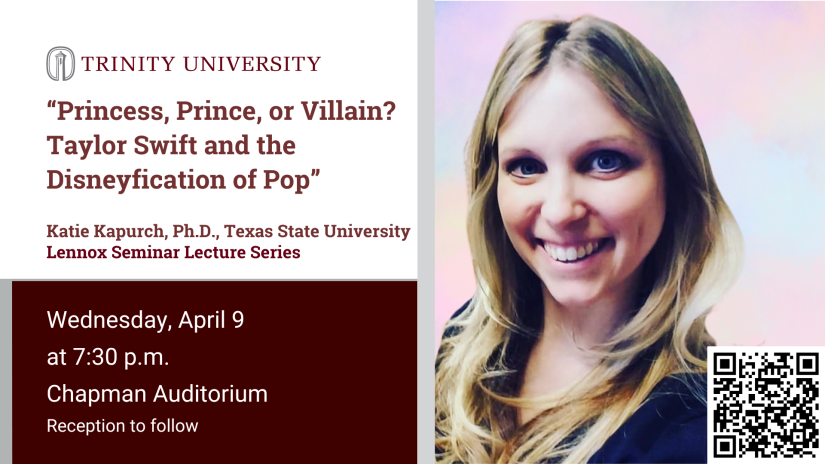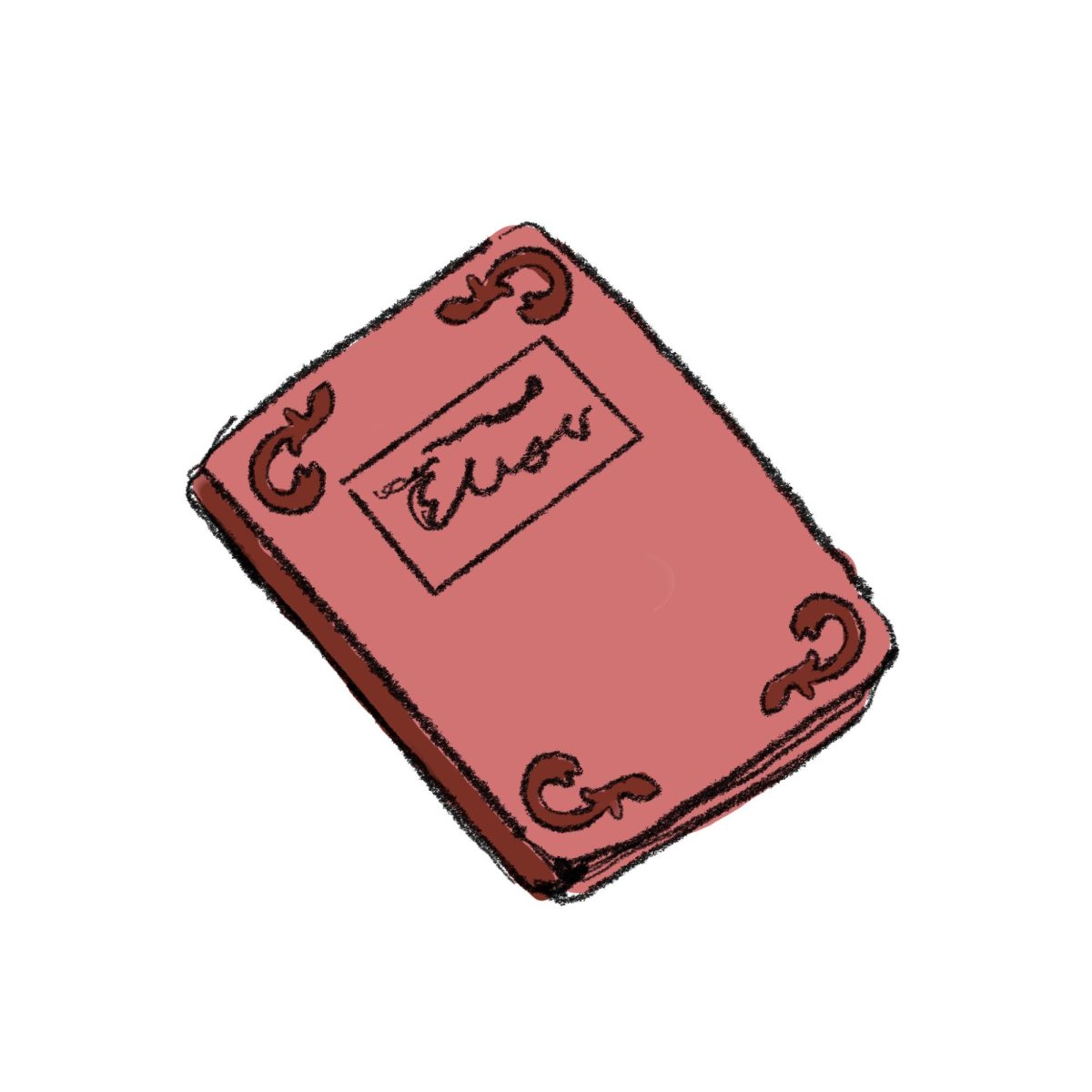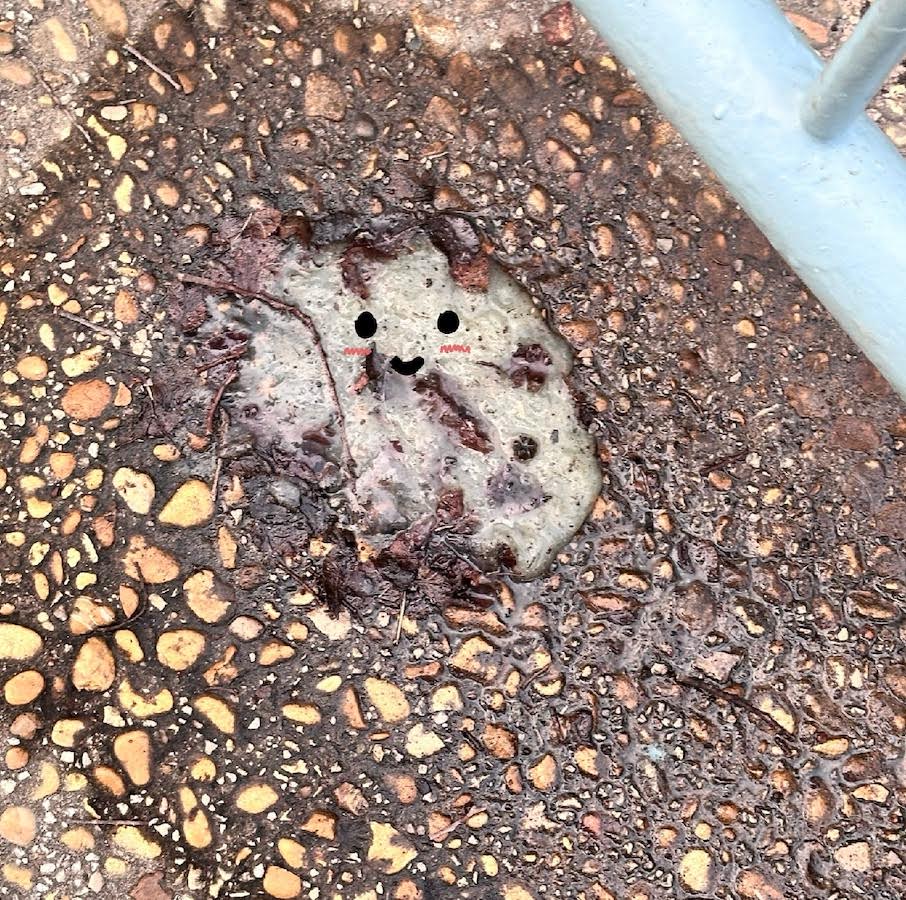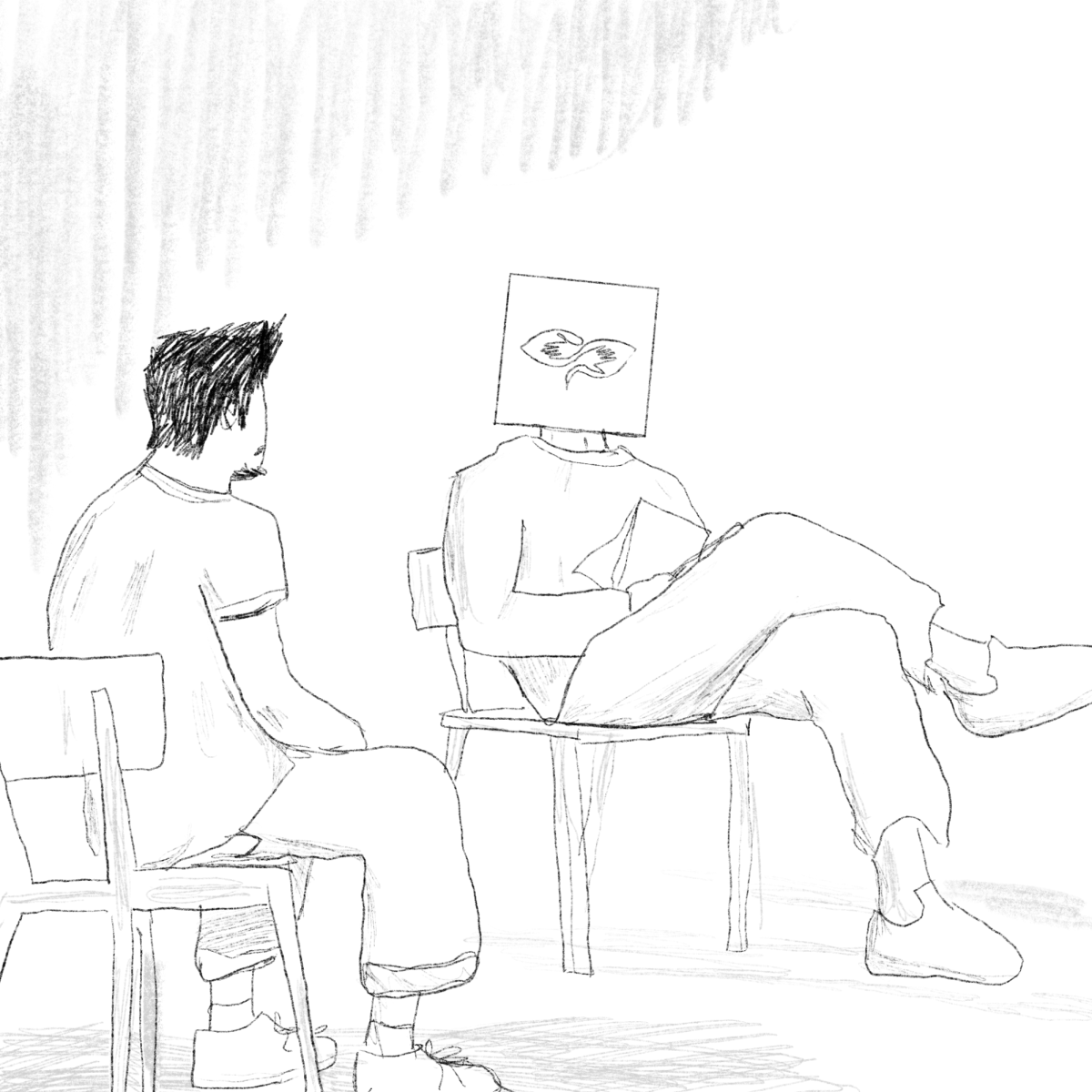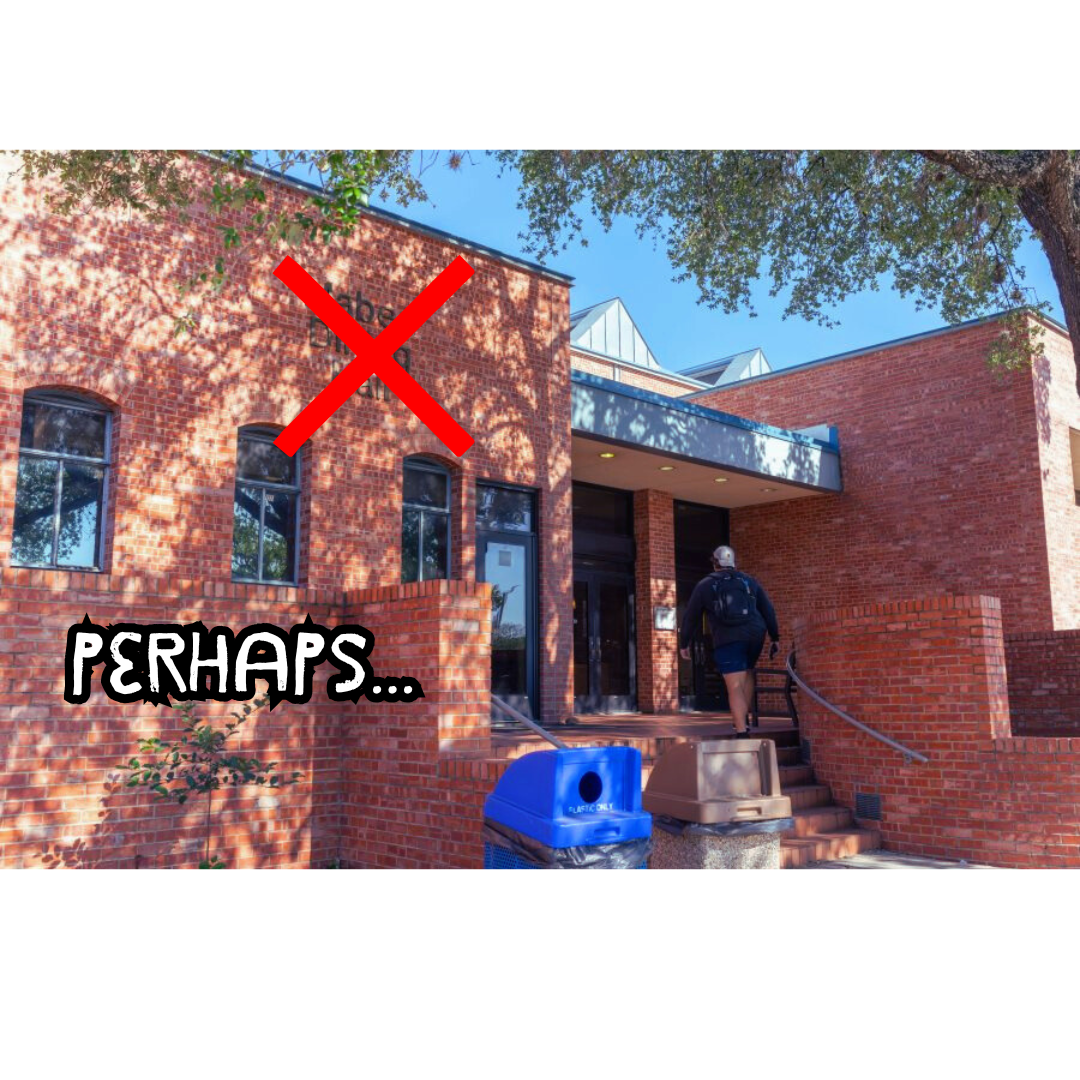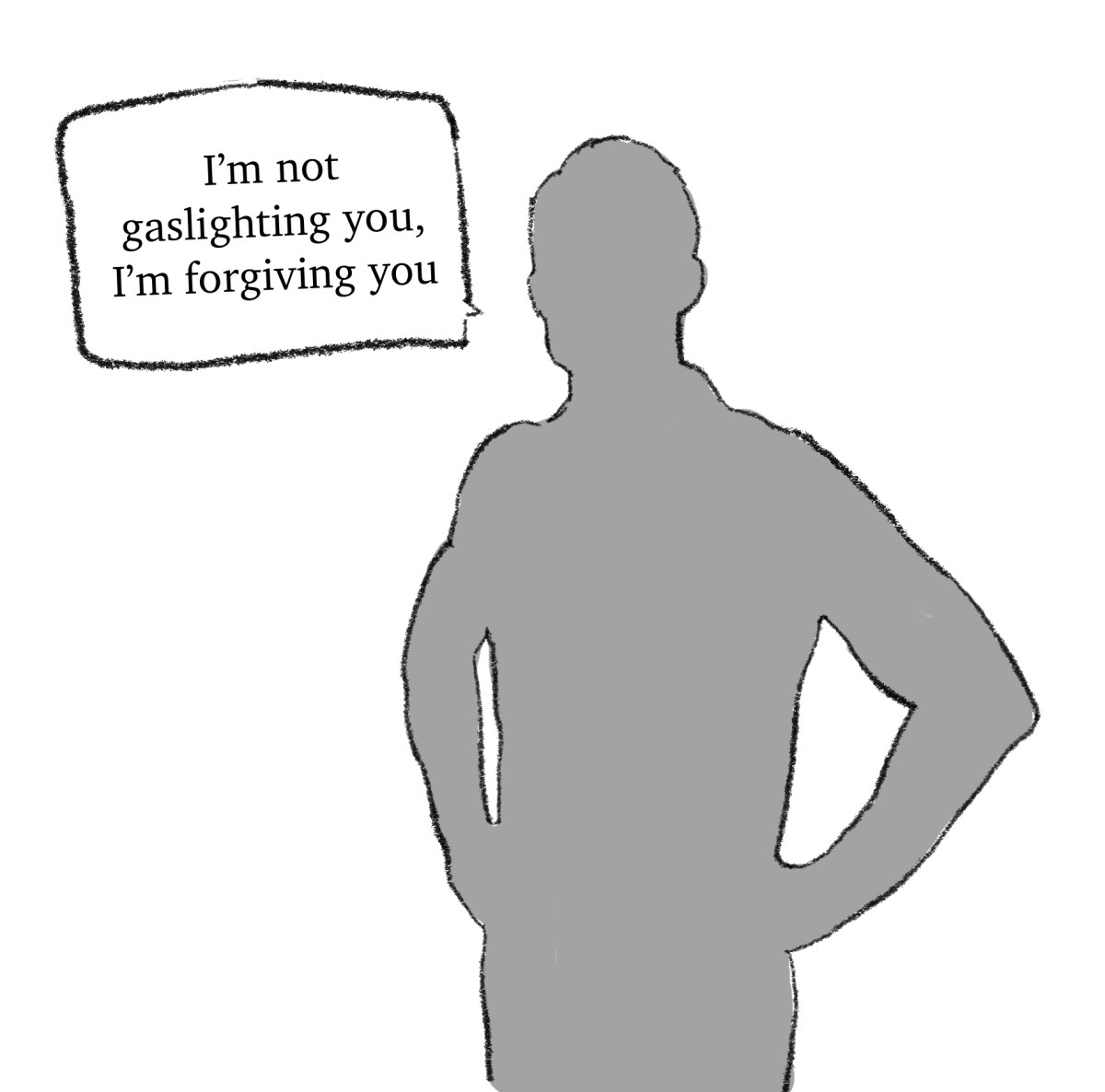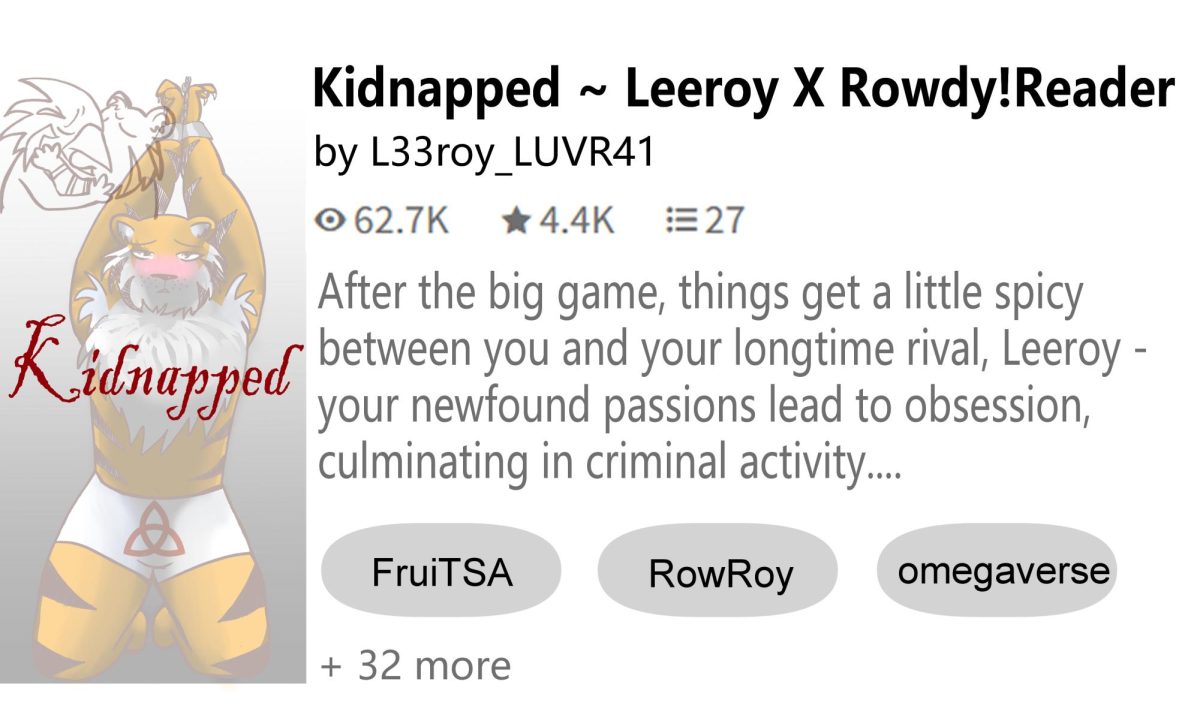The Trinity Review accepted student submissions for their annual issue of the literary magazine. Poetry, prose, photography, art, scripts, song lyrics, excerpts and comics were all eligible for submission, as well as any other creative work a student wanted to share.
“We look for anyone who wants to express themselves, whether it be through writing or art or photography””whatever they feel the most comfortable using to let out the creativity they want to show and share,” said Blake Keeling, co-editor of the Trinity Review. “We really try to make sure that everyone’s style is expressed so we can have as much variety as possible.”
Students, faculty and staff were able to submit up to five pieces of poetry or short prose, two pieces of longer prose, and up to five pieces of artwork or photography of any kind. Photos of three-dimensional creations were also eligible.
“Last semester we had a girl submit a picture she took of a book she created,” said Eliza Perez, web editor of the Trinity Review. “It’s cool to see different forms of art through pictures like that. We’re also very open to experimental things, like different kinds of prints or watercolor.”
There are many benefits to students having their work published in a literary magazine like the Trinity Review.
“It’s nice to connect with the rest of the students on campus who may also be publishing things to get your work out there,” said Arielle Cottingham, a senior who had her work published in last year’s Trinity Review. “It’s nice to be able to say you were published in your school’s literary magazine and show others that your artwork has been featured somewhere.”
Keeling also believes there are benefits to having your work published in the Trinity Review. “You can say that out of all these submissions yours was picked for your university’s literary magazine. I think that has importance and can help boost confidence.”
Each submission is judged anonymously and is read by all board members of the Trinity Review. From there, final decisions as to which submissions will be included in the magazine are made collectively by the board.
This year, the Trinity Review offered the opportunity for anonymous publication for those who wanted to submit their work but did not want their name attached to it at all. Those who wish to remain anonymous could indicate such on their submission form.
Students who would like an additional opportunity to share their work can attend the spring open mic event that will be hosted by the Trinity Review in April.
“My personal philosophy is that art’s primary function is made to be shared and made to communicate, so really if you’re making art you should be trying to get it out there in as many ways as possible that align with your own personal vision about how your art should be experienced,” Cottingham said.
The 2015 issue of the Trinity Review is set to be released at the beginning of April. Free copies will be available in the English department as well as at tables in Coates. All Trinity students, regardless of major, are encouraged to pick up a copy and enjoy their fellow students’s work.

